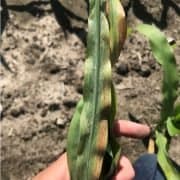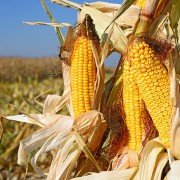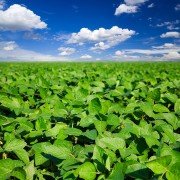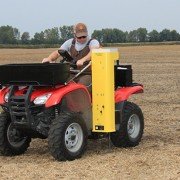Posts
Estimating Corn Yield
/in Agronomy/by Agronomy Team
Early corn yield estimations are a great way to get out into your field and start to predict the yield of different varieties given the growing season. It allows a grower to start making harvest decisions, marketing decisions, and to estimate needed storage capacity.
How many spots should I sample from?
Generally doing a kernel count every 10-15 acres is recommended. For soils that are extremely variable, doing a kernel count every 5-10 acres would be beneficial. Select random spots in the field when walking through as you are trying to get the best representation of the field.
Estimating Soybean Yield
/in Agronomy/by Agronomy TeamCalculating soybean yields can be difficult. Plant spacing, soil types, environmental factors, insect and disease stress can all affect the final yield. Pod numbers, seeds per pod, and seed size will all control yield.
When do I begin counting?
The earliest time to begin yield counts is around R5-R6 stage with the R6 stage being preferred (a pod on any of the top four nodes of main stem full of seed.). By R6, all flowering will stop, pods have developed, and seeds in the pods are mostly filled. The accuracy of counts will always increase the closer you are to harvest.
Micronutrients — more important than you think
/in Agronomy/by Agronomy Team
Micronutrients are essential to plant growth and aid in achieving yields that growers need. Unlike a macronutrient such as nitrogen, phosphorus and potassium, micronutrients are required by the plant in small amounts, but are equally as important for proper crop growth and yield. The micronutrients that are key to growth include Boron, Copper, Iron, Manganese, Molybdenum, Chloride, and Zinc. Read more
To be leaders in the food and agribusiness sector through sustainability, integrity, relationships, employee engagement, profitability and innovation.




